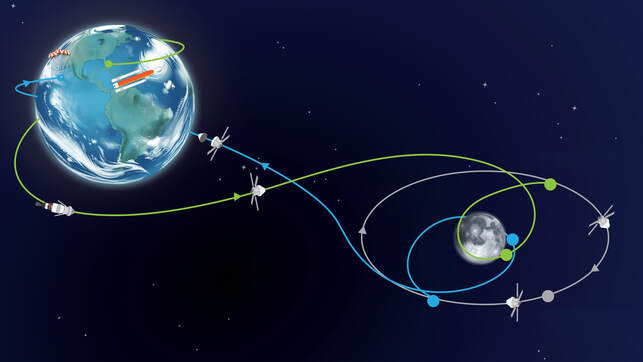 Graham writes … After a number of frustrating delays, the uncrewed, moon orbiting, test mission designated Artemis 1 finally got off the launchpad on 16 November 2022. You may recall that one of these delays was not insignificant, due to the arrival of Hurricane Ian which caused a return of the launch vehicle to the shelter of the Vehicle Assembly Building. The mission lasted about three and half weeks, finally splashing down in the Pacific Ocean on 11 December 2022. The objectives of the mission were achieved, the principal one being to test out the Orion spacecraft systems, prior to the future launch of crewed missions. The mission profile is rather more elaborate than that of the Apollo missions, as illustrated by the accompanying graphic. This blog post is essentially a picture gallery of aspects of the mission. In retrospect, I realised that the beautiful blue orb of the Earth features significantly in my choice of images. Also many of the images are ‘selfies’, showing elements of the spacecraft. This is achieved by using imagers attached to the spacecraft’s solar panels. All images are courtesy of NASA. I hope you enjoy the beauty and grandeur of God's creation in what follow ...!  4. Orion’s camera looks back on ‘the good Earth’ as the vehicle makes its way to the moon. The picture is captured by a ‘selfie stick’ installed on one of the solar panels. The image also shows the European service module’s propulsion system, featuring the main orbit transfer engine, the smaller trajectory adjustment thrusters, and, smaller still, the attitude control thrusters. One of the solar panels is prominent. So, after the successful flight of Artemis 1, what does the future hold? In contrast to the ‘manic’ flight schedule of the Apollo programme leading up to the first landing in July 1969, the Artemis schedule is frustratingly more relaxed! The next event is the launch of Artemis 2, which is planned for May 2024. This will be the first crewed mission of the Orion system with a planned duration of 10 days. Note that we no longer refer to ‘manned’ missions, as the upcoming flights will involve the participation of lady astronauts! This second flight will take people out to a flyby of the moon, thus giving the system a thorough test with people on board. Then, planned for 2025, the Artemis 3 mission will land astronauts on the moon for the first time since Apollo 17 in 1972. To supply the flight infrastructure to transfer astronauts from lunar orbit to the moon’s surface, and back, NASA have contracted the private company SpaceX. In recent times, this enterprise has proved itself in supplying a reliable transfer system, taking astronauts to and from the Earth-orbiting International Space Station. SpaceX proposes using a lunar landing variant of its Starship spacecraft, called the Starship HLS (Human Landing System). See the image above, showing an artist’s impression of the SpaceX HLS on the lunar surface – a monstrous vehicle in comparison to the Apollo era Lunar Excursion Module. There seems to be a lot of questions as to why NASA has chosen this route, but that’s a story for another time!
Graham Swinerd Southampton January 2023
1 Comment
Dr John Bryant
7/1/2023 10:31:42 pm
Beautiful pictures Graham - Thank you for posting them (and thanks to NASA for releasing them)
Reply
Leave a Reply. |
AuthorsJohn Bryant and Graham Swinerd comment on biology, physics and faith. Archives
July 2024
Categories |

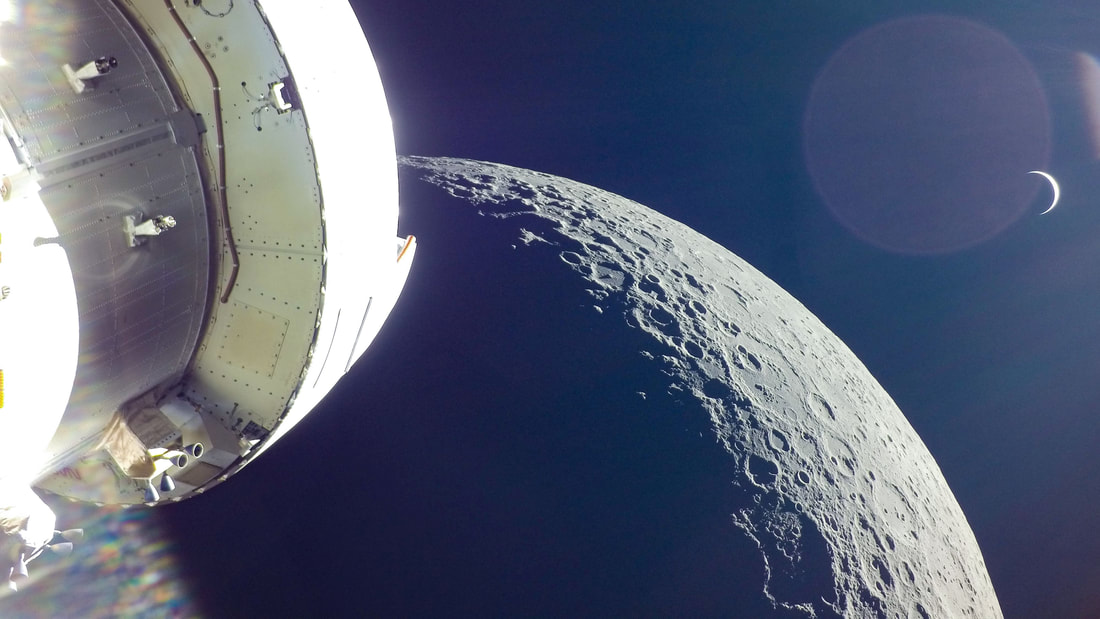
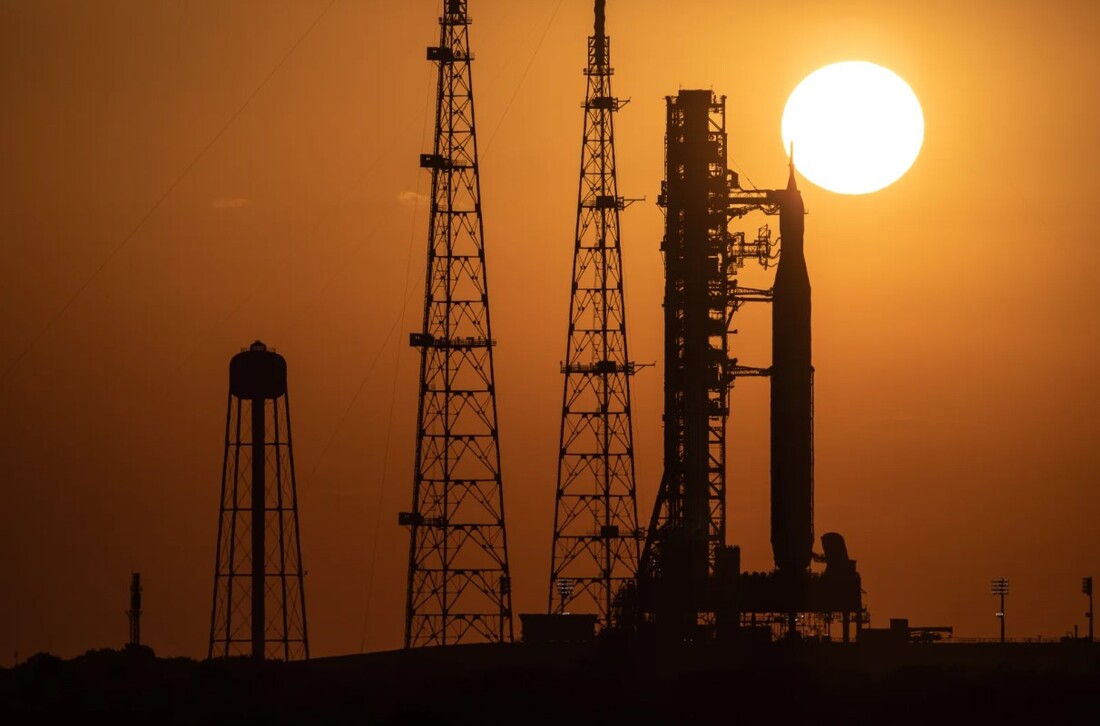


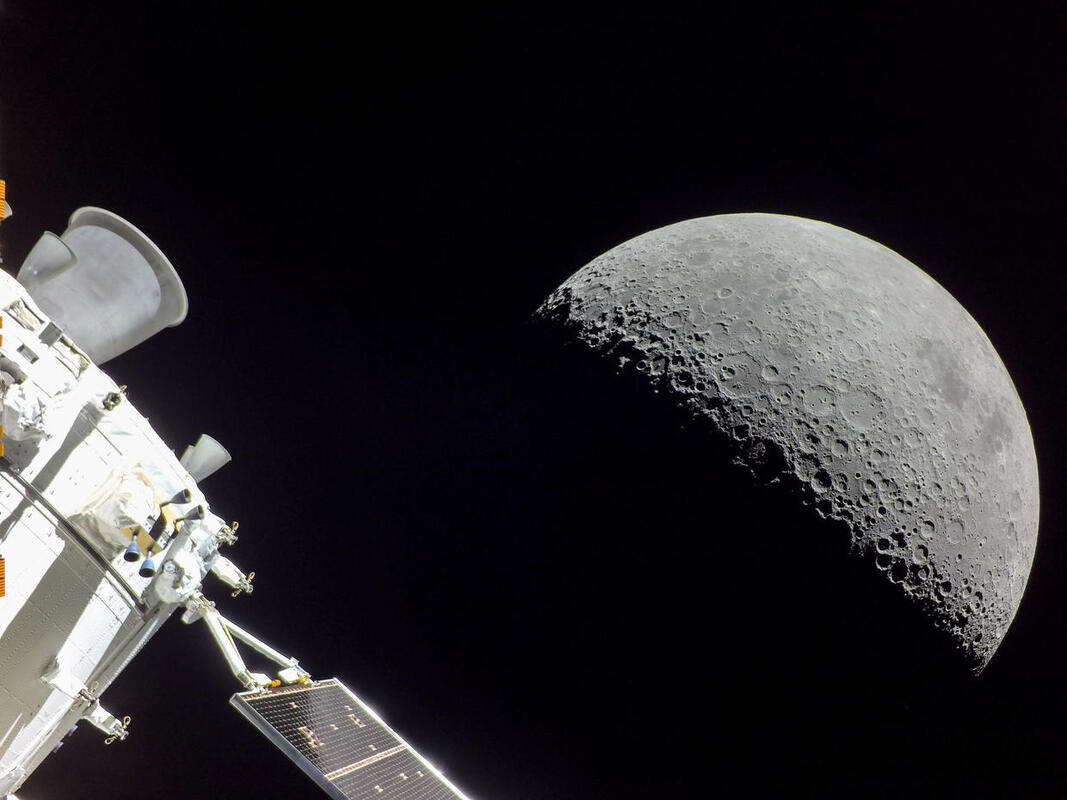
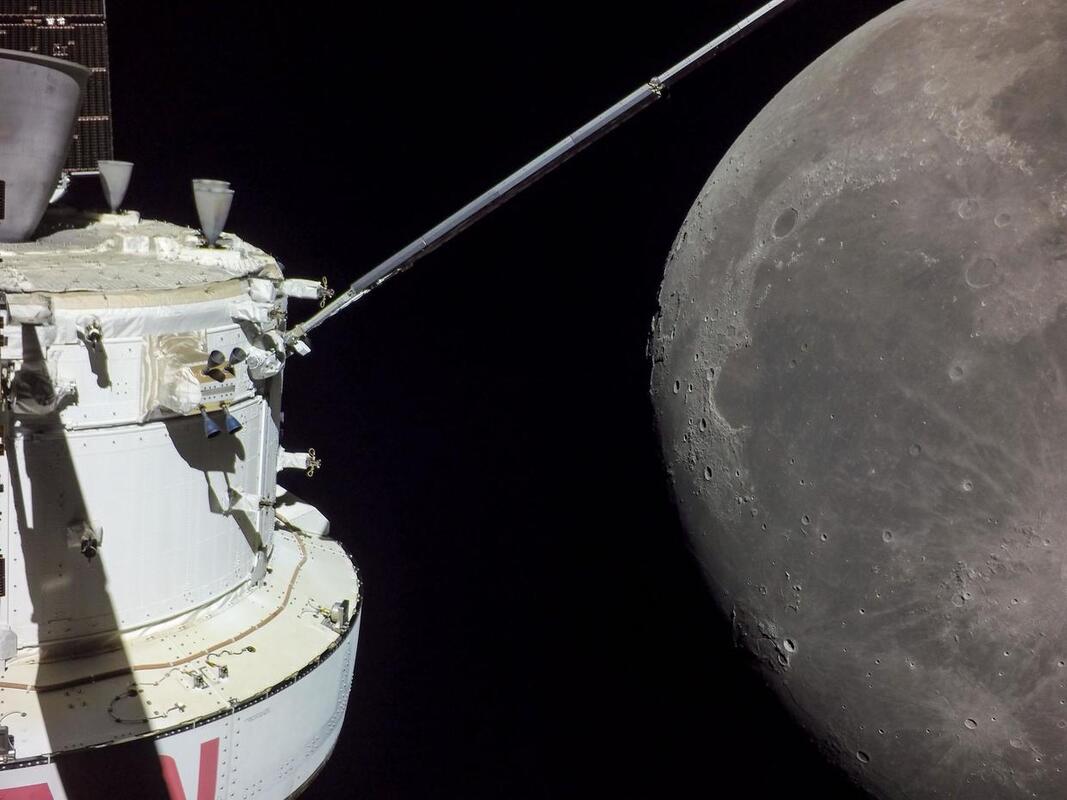


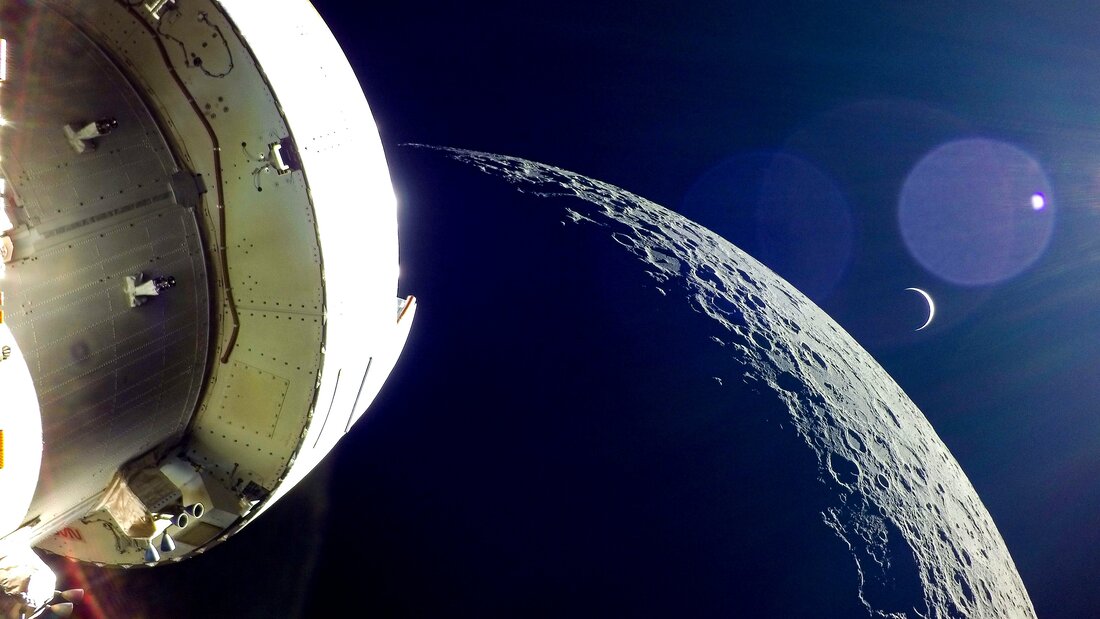
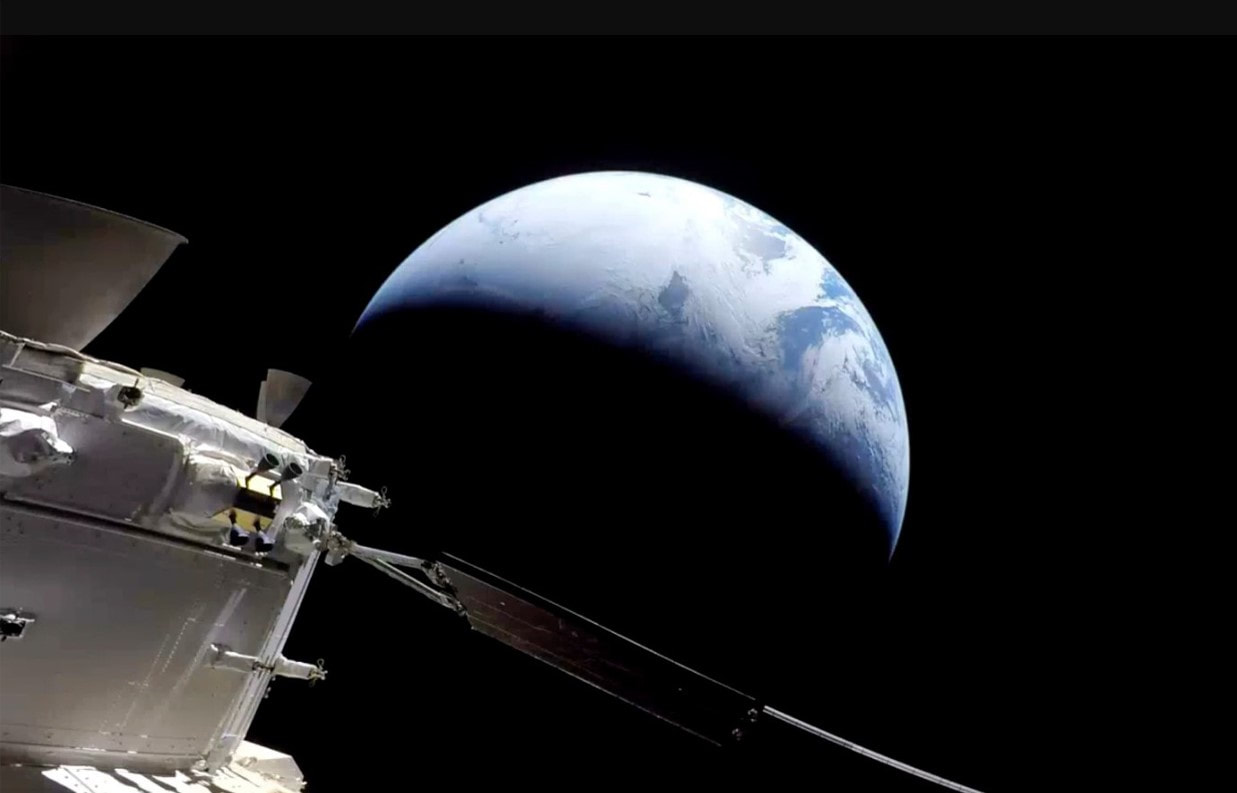
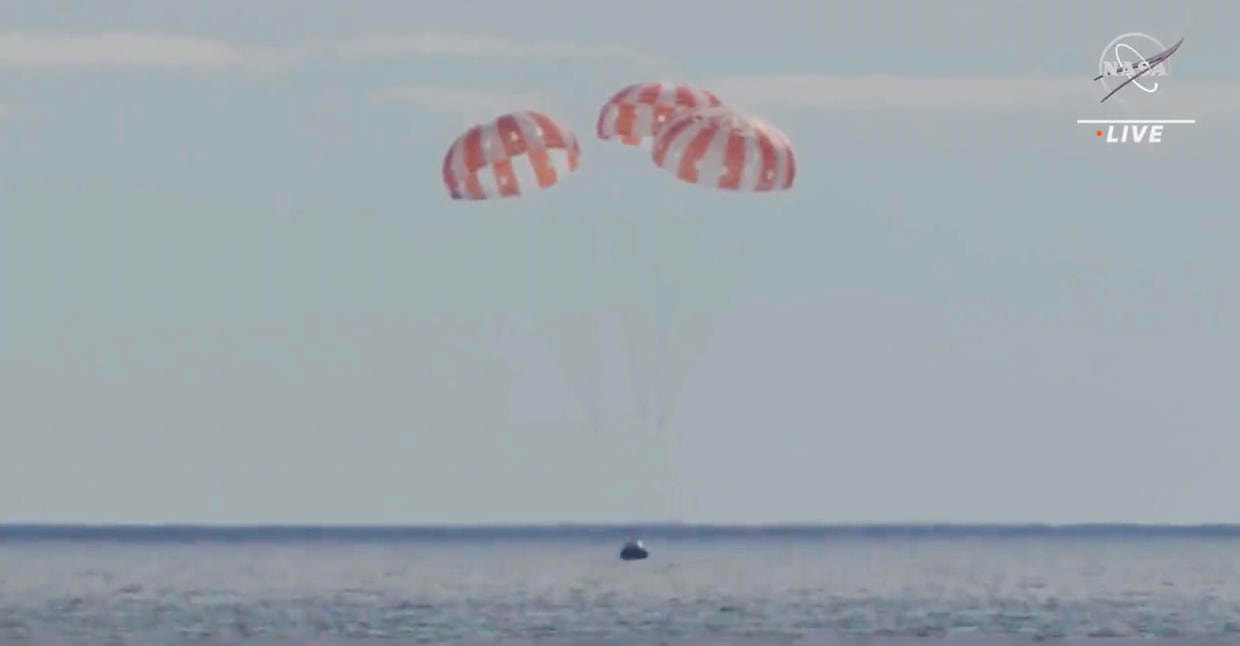
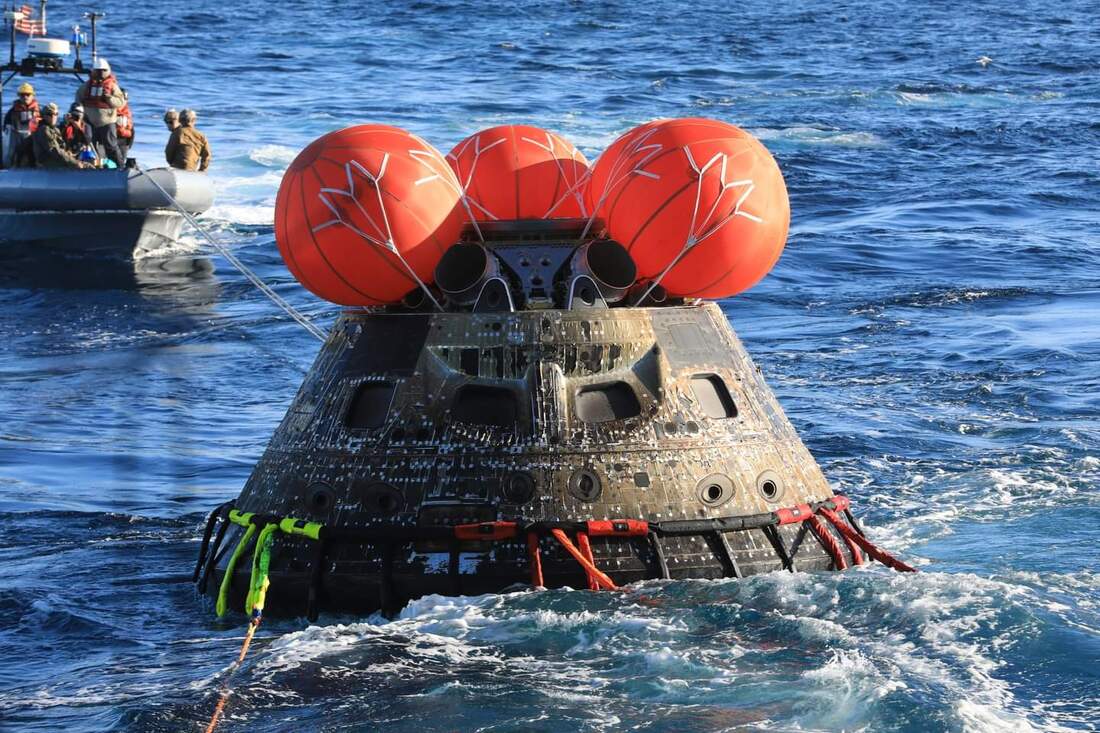
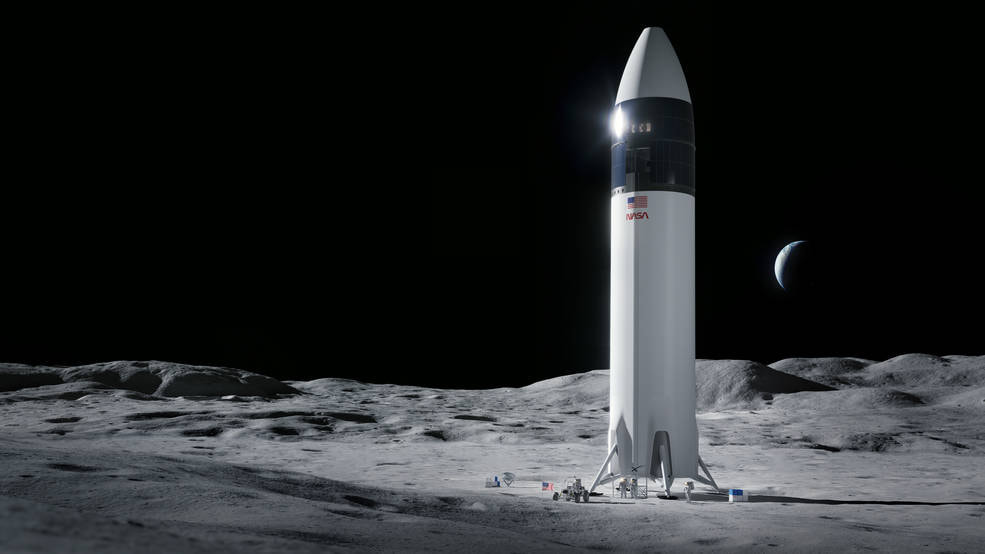
 RSS Feed
RSS Feed
